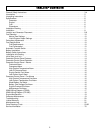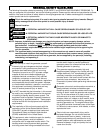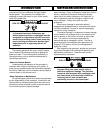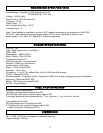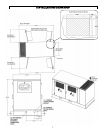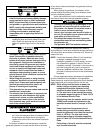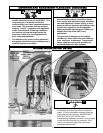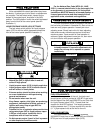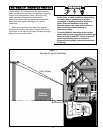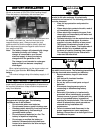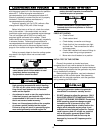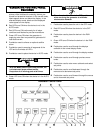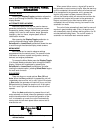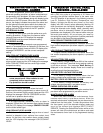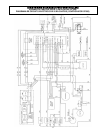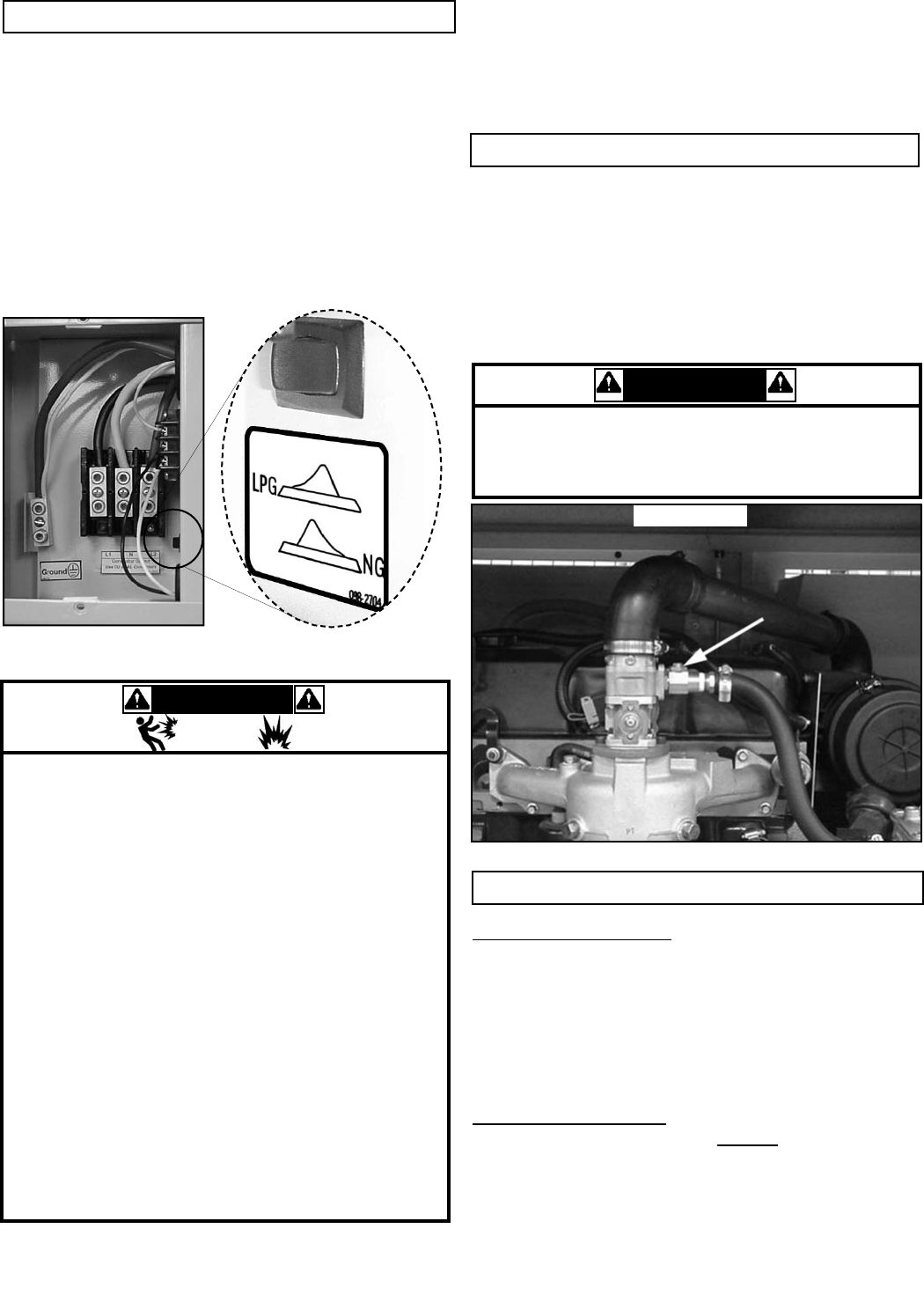
NATURAL GAS (NG) SETTINGS
Units are tested with natural gas before they leave
the factory. If natural gas is to be used, no adjustments
are required. The fuel select switch, located on the
bottom of the control panel, should be in the (NG)
position. The (NG) position is with the switch depressed
away from the front of the control panel (see A in
illustration 1)
LIQUID PROPANE VAPOR (LPG) SETTINGS
The fuel select switch position for liquid propane
vapor (LPG) is with the switch depressed toward the
front of the control panel (see B in illustration 1).
Per the National Gas Code (NFPA 54 - ANSI
2223.1), a manual shutoff valve in the fuel supply line
to the generator is recommended. All fuel system
installations MUST BE done by a licensed plumber or
licensed gas technician and must comply with all
applicable codes, standards and regulations.
The main adjustment screw is located on the side of
the fuel mixer (as shown in illustration 2). Start unit at no
load and verify proper operation. Loosen jam nut on
adjusting screw. Slowly load unit to full load, adjusting
load screw counter-clockwise as required to achieve
maximum power. Once smooth full load operation is
achieved, tighten adjustment screw jam nut, then return
unit to no load to verify proper operation.
FUEL REQUIREMENTS:
For the best operation of the unit, the fuels used
should have a minimum content of 1000 BTU’s per cubic
foot for Natural Gas (NG) and 2520 BTU’s per Cubic foot
for Liquid Propane vapor (LPG). Contact local fuel
supplier for local BTU content. Fuel supply pressures
must be between 4oz (7” H
2
0 per square inch) and 6oz
(11” H
2
0 per square inch) at the inlet to the unit.
FUEL CONSUMPTION:
The PowerStation 25Kw at full load consumes
306,000 BTU’s per hour of natural gas (NG) and 354,000
BTU’s per hour of liquid propane vapor (LPG).
F
F
U
U
E
E
L
L
S
S
E
E
L
L
E
E
C
C
T
T
I
I
O
O
N
N
WWAARRNNIINNGG
• Natural gas (NG) is highly explosive.
• Natural gas (NG) is lighter than air and will
collect in high places.
• Liquid propane vapor (LPG) is highly explosive.
• Liquid propane vapor (LPG) is heavier than air
and will collect in lower places.
• Extreme caution should be taken when working
on a new installation or while performing
general maintenance.
• Do not smoke when near the unit.
• Keep flames, sparks, pilot lights, arc-producing
equipment, switches and all other sources of
ignition well away. Keep a type ABC fire
extinguisher handy.
• Potential for fire or explosion always exist when
using natural gas (NG) or liquid propane vapor
(LPG) as a fuel source. Install this unit in
compliance with all local fuel codes.
• Do Not operate engine if smell of fuel is present
or other explosive conditions exist.
A
B
F
F
U
U
E
E
L
L
S
S
P
P
E
E
C
C
I
I
F
F
I
I
C
C
A
A
T
T
I
I
O
O
N
N
S
S
C
C
A
A
R
R
B
B
U
U
R
R
E
E
T
T
O
O
R
R
A
A
D
D
J
J
U
U
S
S
T
T
M
M
E
E
N
N
T
T
S
S
Illustration 2
ADJUSTMENT
SCREW
CCAAUUTTIIOONN
• This adjustment should only be performed by
trained personnel. If incorrect adjustments are
made, the unit may fail to operate or operate
inefficiently.
Illustration 1
10



